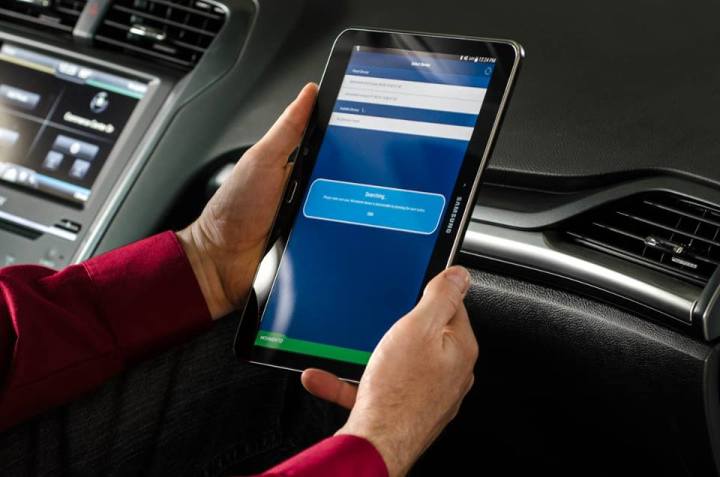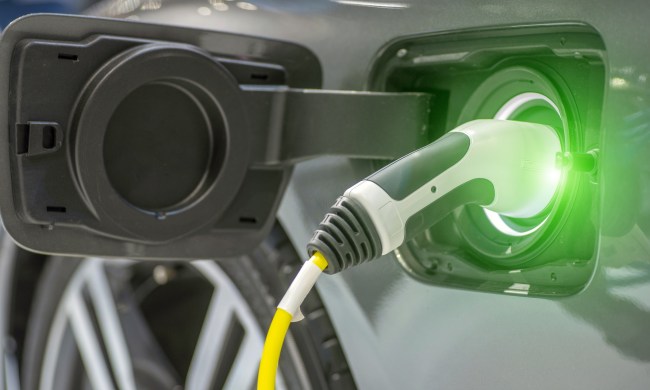
Movimento Group has developed over-the-air (OTA) software update interfaces for cars, including one that can update any OBDII-equipped vehicle’s operating system wirelessly. Now, Mitsubishi Electric plans to integrate Movimento’s tech into its next-generation in-vehicle head-unit architecture to provide cloud-based update capabilities.
By incorporating OTA, the new architecture, which is called FLEXConnect, will allow vehicle owners to continuously receive updates without having to return to the dealership, the companies say. While Movimento and Mitsubishi Electric have worked together before, they claim this latest collaboration marks an “important milestone” in building infotainment systems from the ground up with OTA capabilities.
The companies believe making a greater effort to keep software up to date will help manufacturers and customers by lessening software-related recalls and warranty work. It should give manufacturers more flexibility, allowing them to push updates to infotainment systems when they are ready, without a coordinated dealer-service campaign or model-refresh rollout.
“By incorporating Movimento OVA technology,” offered Mitsubishi Electric’s director of sales, quality and engineering, audio, video & communications, “our customers will be able to shorten software deployment times, roll out new features, and instantly issue security patches throughout the vehicle, not just in the infotainment system,”
The Movimento OTA platform also includes back-end infrastructure for managing vehicle software, plus the aforementioned in-vehicle client for collecting diagnostic data, and the necessary security features to prevent hacking, the companies assert. Data collected through the system could also prove valuable to carmakers, who will be able to use it to analyze their customers’ driving habits.
OTA capability isn’t new to the car industry. Tesla uses it to deliver its periodic software updates, and Ford is using automatic over-the-air updates with its new Sync 3 infotainment system. But as cars become more reliant on software, the use of over-the-air updates is likely to increase.


